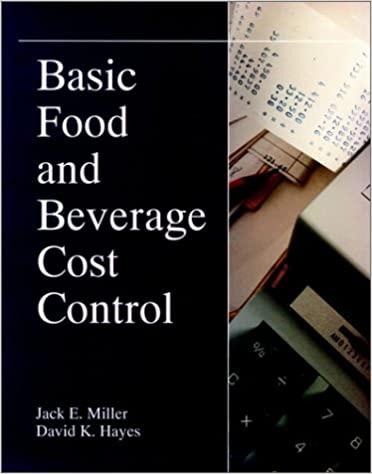Question
PLease answer the following question based on the discussion below; How would you explain the times interest earned ratio in layman terms? What does this
PLease answer the following question based on the discussion below;
How would you explain the times interest earned ratio in layman terms? What does this ratio amount really tell us
Debt-to-equity and times interest earned ratios
| Annual data | 2019 | 2018 |
| Long-term debt | 24,672,000 | 19,235,000 |
| Net worth or Equity | 198,938,000 | 198,528,000 |
| Depreciation | 18,998,000 | 18,745,000 |
| Interest charged | 830,000 | 766,000 |
(Yahoo finance, 2020)
Industry average
| Ratio | 2019 | 2018 |
| Debt-to-equity ratio | 0.71 | 0.55 |
| Interest coverage ratio | 1.44 | 0.99 |
2019:
Debt to equity ratio= long term debt/ equity
Debt to equity ratio: 24,672,000/198,938,000= 0.1240= 0.12
2018:
19,235,000/198,528,000= 0.0969= 0.10
2019:
Interest earned ratio= EBIT/ interest charges
interest earned ratio= 20,886,000/830,000= 25.14 times
2018:
31,719,000/766,000= 41.41 times
Debt/equity ratio measures the proportion of funds supplied by outsiders, who are considered non-owners of the company. It indicates the gearing or leverage position of a firm (Anuar & Chin, 2016). A company is regarded to be highly geared if its debt-to-equity ratio exceeds 100 percent. In 2019, Exxon Mobil Corporation utilized more debt than the 2018 fiscal year (12 % and 10%, respectively). However, in the two years, its ratio is below the industry average ratios of 71% in 2019 and 55 % in 2018. Therefore, it was less geared compared to its competitors. On the other hand, the interest earned ratio provides reliable information concerning financial risk. It shows the proportion of companys earnings to its current payments. During the 2019 financial year, Exxons interest coverage ratio is 25.14 times, which is lower than 41.41 times recorded in 2018. Since the company is less geared, its ratios are above the industry averages of 1.44 and 0.99 times in 2019 and 2018, respectively.
Causes of changes in the gearing or leverage ratios
The debt-to-equity ratio responds to any change in the capital structure of a company. Debt proportion impacts the ratio since the more borrowed funds a firm utilizes, the higher its ratio. Many companies prefer debt financing over common shareholders equity because of its seniority during liquidation. The cost debt (interest rate) impacts the interest earned ratio. The higher the cost of debt, the more the amount of interest charged will be.
Based on Exxons gearing ratios, a lender can confidently lend funds to finance its operations. The number of times interest charged is earned assures the lender of the companys ability to pay obligations when they are due. Also, its debt-to-equity ratio is 12 percent, which indicates financial discipline and low riskiness.
Step by Step Solution
There are 3 Steps involved in it
Step: 1

Get Instant Access to Expert-Tailored Solutions
See step-by-step solutions with expert insights and AI powered tools for academic success
Step: 2

Step: 3

Ace Your Homework with AI
Get the answers you need in no time with our AI-driven, step-by-step assistance
Get Started


